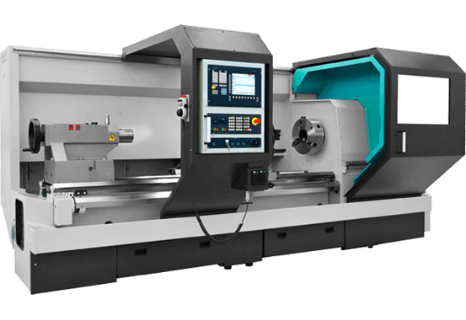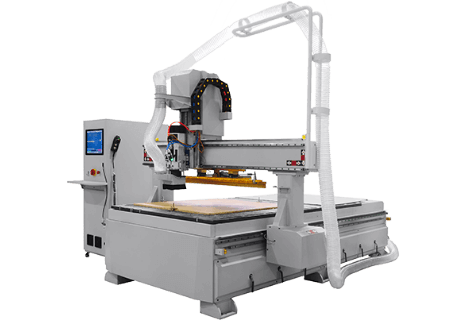The fladder is implemented in a variety of ways for the processing of wood and metal workpieces. In addition to the fladder used as a hand-held piece of equipment, there are also a variety of stationary models that are controlled automatically. These include machines with an automatic workpiece feed using rotating or linear work tables that can be integrated into manufacturing systems. Depending on the application, the fladder machine tools can be equipped with pairs of counter-rotating rollers, or a roller star. The star allows varying rotating or oscillating movements that will fit most appropriately to the workpiece. The advantages of the fladder, compared to conventional sanding machines used in woodworking, is that it can create more even and smoother surfaces. The fladder removes fewer fibres from the wood workpiece, than would occur during regular sanding. Therefore, further processing is usually not necessary after painting, and there is a reduced need to use filler or varnish for surface treatment. Furthermore, the use of a fladder results in slightly rounded corners, to which a veneer coat would stick better and has a lower risk of damage than by regularly sanded wood surfaces.
In metalworking, the fladder enables efficient and good deburring. With the fladder, any parts of the workpiece can be deburred, without causing any damage to the surface. Using a fladder to process coated metal pieces (for example, galvanised sheets or stainless steel with a protective film) results in perfectly cleaned and round corners without ruining the coating.




